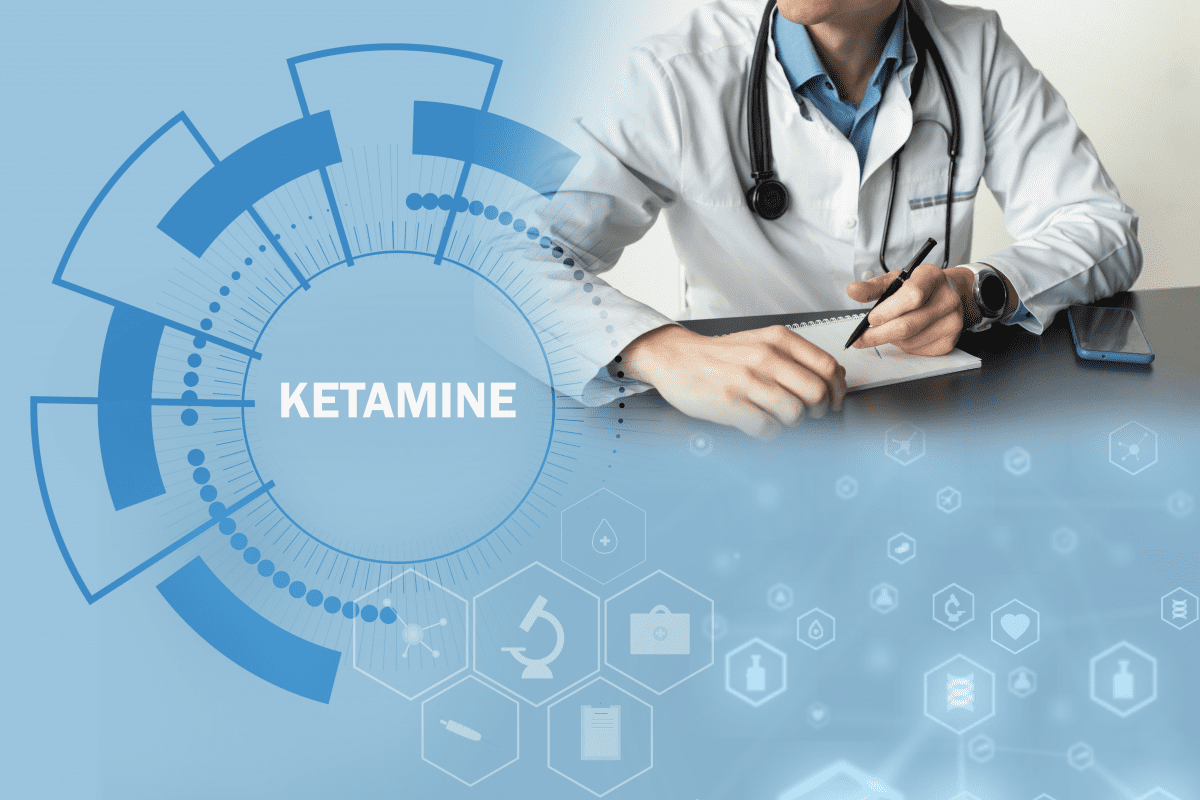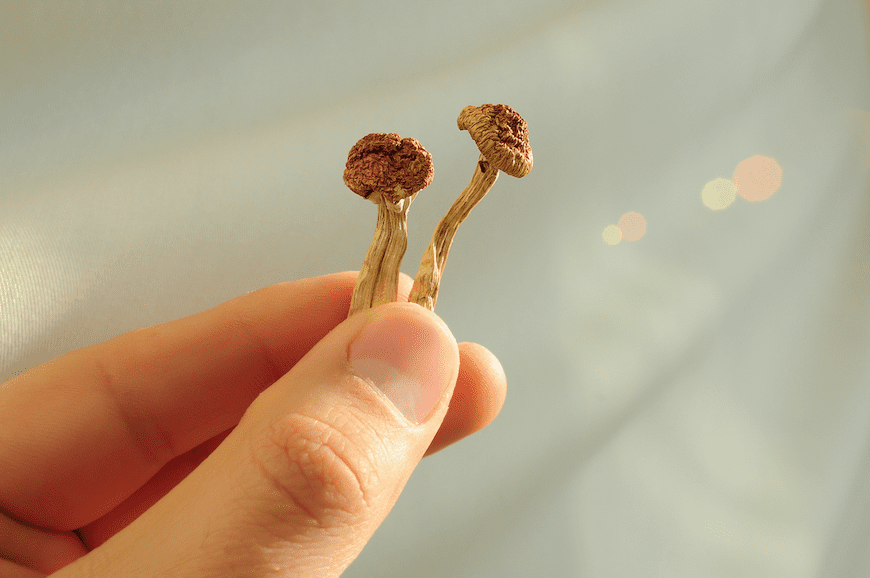Since the 2019 FDA approval of Spravato, the intranasal esketamine treatment owned by Janssen Pharmaceuticals, ketamine has become an increasingly popular therapy for adults with treatment-resistant depression (TRD).
Thomas Scott, MD, the founding physician of Philadelphia-based ketamine clinic Scott Integrated Pain Management, recently led a single-clinic study examining the efficacy of intranasal forms of ketamine compared to the non-FDA approved intravenous (IV) ketamine that medical professionals have been using for decades. The as-yet unpublished study was presented at the American Psychiatric Association (APA) 2023 Annual Meeting in May.
With co-investigator Blake Gilbert-Bono, they observed 89 patients, 19 were treated intranasally and 70 received treatment via IV. They measured patient mood after each session using the Quick Inventory of Depressive Symptomatology scale (QIDS).
Findings indicated that esketamine and ketamine are equally effective in improving TRD symptoms, but that IV treatment was meaningfully more cost-effective for both patients and medical practitioners.
Ketamine for Treatment-Resistant Depression
Clinical Effectiveness of Intravenous Racemic Ketamine Infusions
Drug Composition and Side Effects
While Scott told Psychiatrist.com that he believes “ketamine intravenously is at least as effective and may be more effective than the FDA-approved formulation, which is the nasal esketamine Spravato,” he noted this is not necessarily the view of the medical community at large.
There is a general perception among both medical professionals and patients that esketamine is superior to generic ketamine, he said. In reality, the two drugs work quite similarly.
Some previous research backs up his assertions. Earlier this year, an observational study from Cambridge, published in The Journal of Clinical Psychiatry, similarly concluded that the efficacy of esketamine and ketamine are virtually identical. However, individuals receiving the drug through IV required far fewer treatments to achieve remission. Additional research out of Yale University also found no significant difference in patient response to intranasal versus intravenous forms of the drug.
Some research suggests that intravenous delivery may even be superior to intrasal treatments. For example, a 2022 BMC Psychiatry study reported that intravenous ketamine had a response rate of 70.6 percent compared to 52.9 percent for intranasal esketamine. Mean duration of effect was 13.8 days versus 8.4 days, respectively.
Generic ketamine administered through an IV consists of equal parts esketamine and arketamine. The physical side effects of the two drugs are nearly identical, the most common of which include nausea, vomiting, panic attacks, and headaches. Some needle-averse patients might initially opt for esketamine to avoid IV insertion, but Scott said, “Two out of three patients at some point are still [going to] need an IV placed anyway.”
Saving Precious Time
Since opening his practice, Scott has offered his patients a choice between the two forms of the drug. At the start, the only reason the anesthesiologist slightly preferred intravenous to intranasal administration was because patients could start the former treatment right away. Insurance restrictions for Spravato mean approval can take anywhere from days to weeks.
“When you have a patient who is suicidal, the time to start treatment can be lifesaving because ketamine may be the most effective treatment to reverse acute suicidality when they don’t quite meet requirements for inpatient hospitalization,” he said. After just a single day of ketamine infusions or intranasal spray, many no longer report suicidal thoughts.
Appointments for both IV and intranasal infusions take about the same amount of time. While intranasal administration is faster, the FDA requires patients to stay at the facility for a total of two hours for monitoring.
Insurance and Patient Costs
Scott observed that even clinicians sometimes mistakenly believe generic ketamine is pricier than esketamine because insurance doesn’t cover it. However, he explained why that’s not entirely true.
“Using generic ketamine as an intravenous infusion—when you account for all the costs associated with the IV administration, including the placement of the line, the consultation with the physician, the monitoring—the total cost of care to achieve a comparable result is about one-sixth the cost with intravenous ketamine in comparison to esketamine.”
Under Medicare, Spravato costs $951 for the standard starting dose of 56 milligrams and $1,353 for the maximum dose (84 milligrams), which most patients end up needing. “That’s in comparison to an average cost to Medicare of $187 per treatment for intravenous ketamine,” he said. The starting dose for IV treatment is 0.5 mg/kg, with a maximum dose of 1 mg/kg.
In both cases, Medicare is responsible for 80 percent of the costs while patients cover the remaining 20 percent. “Even though esketamine would be ‘covered,’ if you don’t have a good secondary, that could still be several hundred dollars of treatment,” Scott explained. “The difference is with ketamine, if you have that 80 percent Medicare coverage, then you’re covering 20 percent of $187.” For patients, that could mean the difference between $37 versus $270 out of pocket.
Individuals with private insurance plans can typically access esketamine with little out of pocket cost. Regardless, the total cost of brand name esketamine treatment is six times that of ketamine treatment with comparable results—a factor Scott said he believes goes underrecognized. “The government and taxpayers are paying for a lot of this care,” he noted.




